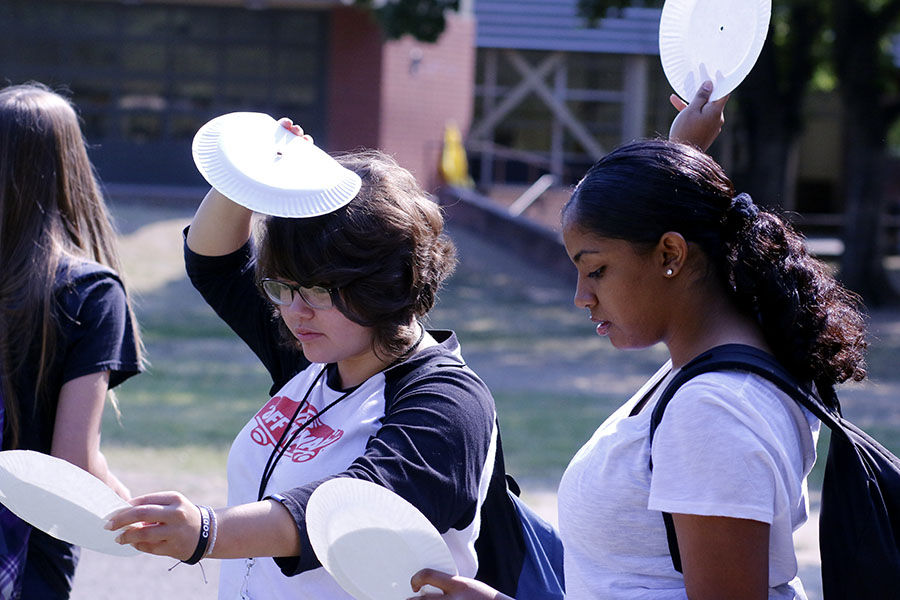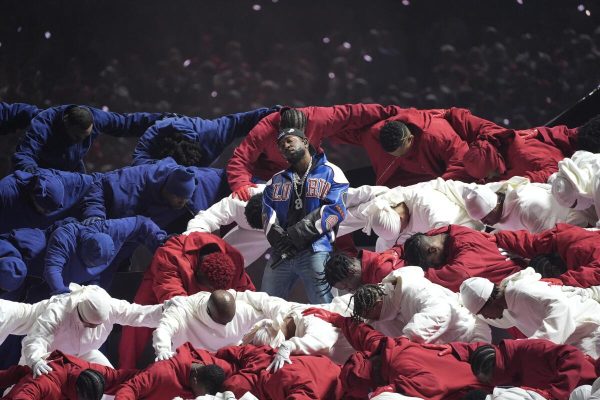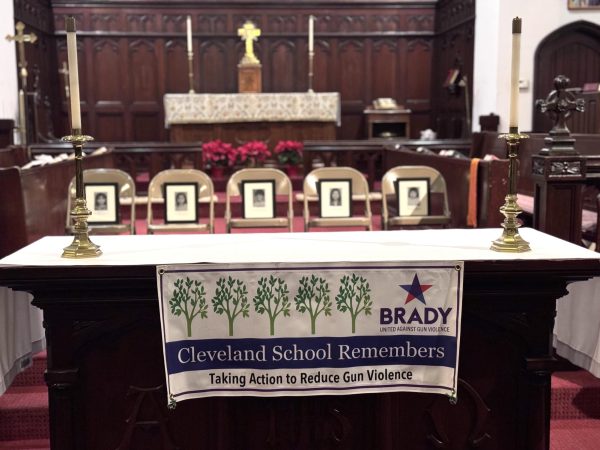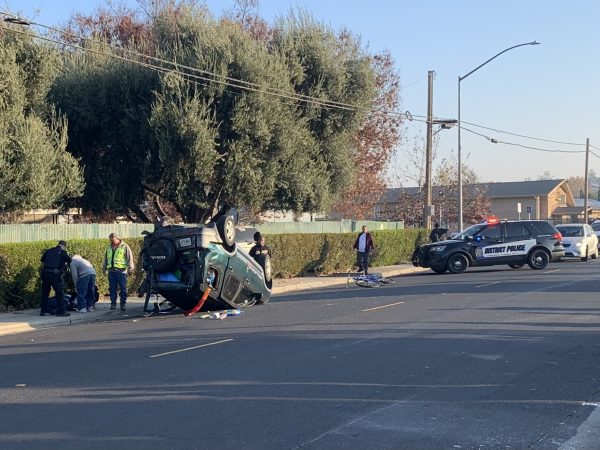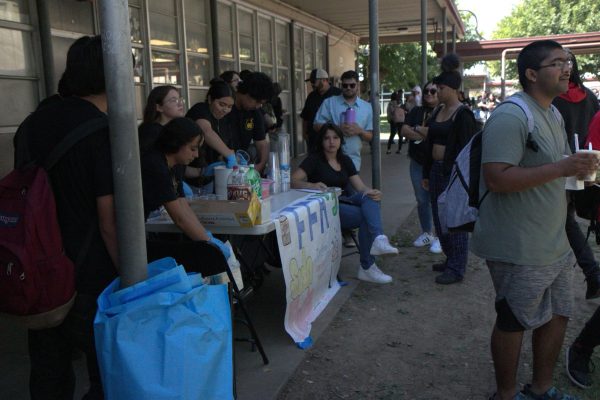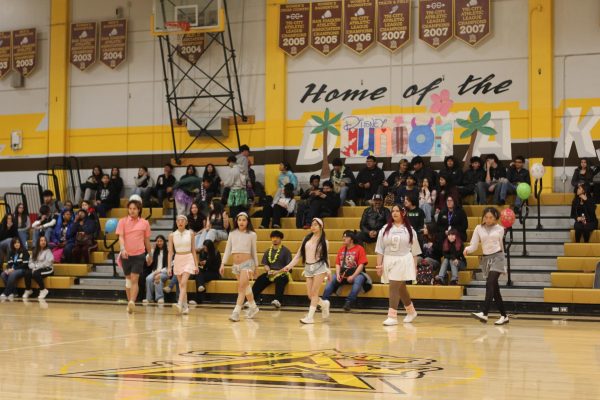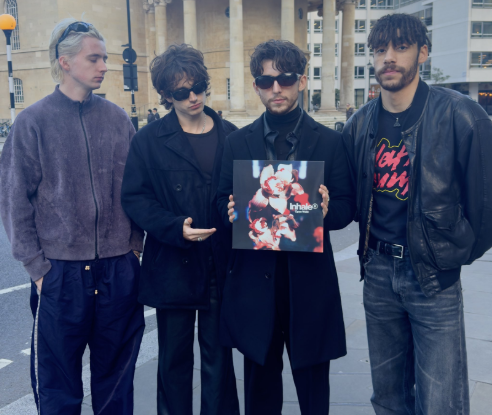Solar eclipse enlightens students
Those of all ages get to experience a once in a decade event
Sophomore Winston Beck, having seen previous science wonders like the blood moon last year, was excited for the solar eclipse. “It’s a once in a lifetime opportunity,” he said. Sophomore Winston Beck, having seen previous science wonders like the blood moon last year, was excited for the solar eclipse. “It’s a once in a lifetime opportunity,” he said. Once every 39 years an odd natural phenomenon occurs when the earth’s moon aligns perfectly between earth and the sun.
On Aug. 21 students, teachers, parents, astronomers, and practically anybody in the continental United States could look out into the sky and experience the occurrence. Though the eclipse could only be viewed in its full entirety on it’s path of totality, which ran through Oregon, students were still excited to experience the event. Sophomore Katherine Mejia was eagerly awaiting the eclipse on that day. “I have never seen one before,” she said.
A total solar eclipse occurs when a new moon engulfs our sun entirely and leaves our earth into a brief place of darkness. The last total solar eclipse to happen in the United states was in 1918. Knowing about the rarity of the situation Mejia was impatient for solar eclipse. “I will be watching it for sure,” Mejia said.
A path of totality, will drastically change the blue sky in the United States. As the moon started to cover the sun, the temperature went down from its usual 100 plus degrees. Trees were bristling and shade became ever more present on the campus. Junior Marcus Noriega witnessed this while he sat in his third period class and was shocked about his class atmosphere. “I didn’t expect it to get so dark,” he said. More and more does the sidewalk share the same complexion of the staff parking lot.
Science Department Chair Marcus Sherman recalls his memory of his first solar eclipse during his third grade class at Carl Sandburg Elementary. The distant memory of seeing it as a child jumped started his excitement for the solar eclipse. “Why wouldn’t you want to see something that you could see for free that comes every 60 to 70 years?” Sherman said. He was more than willing to spare some time from his lesson plans to explain the solar eclipse.
During second and third period, teachers took their students out after their lesson plans. At the final moments before the moon shadowed over the sun, students and teachers were outside their classrooms counting down the minutes. Some teachers even had special contraptions made for the event such as science teacher Thomas Gilbert, who set up a sun spotter that displayed the eclipse. Other teachers were setting up their reflecting telescopes or odd contraptions.
Whether it was a Pringles can, tissue box, or paper plate, students were orientating themselves to display a mini eclipse on their device. At 10:15am the solar eclipse is ever more present, students flood outside their classrooms to witness the black crescent in the blue sky. Junior Malia Christinao was ready to get her hands on the solar eclipse glasses that her class was sharing. “I couldn’t wait,” Christiano said.
The sky became dark and chilly than the hot morning. Students packed around any diagram that would display the eclipse. Lucky for Winston Beck he had his own pair of solar eclipse glasses, he was grateful for his grandfather’s old pair of glasses. Just like Beck students will be able to recall the grand space anomaly that will only happen until 2045.

